By Udita Chaturvedi
Photographs: Courtesy Udita Chaturvedi
Odisha is a state that is full of culture, tradition, history, heritage,
dialects and handloom products. In fact, it’s one of the two Indian states that
weaves beautiful ikat prints on silk
and cotton sarees (the other state being Andhra Pradesh).
It is mesmerising to see the fine thread work in Nuapatna (in Cuttack
district), the centuries-old favourite cross print in Barpali (in Bargarh district),
the breathtaking bomkai in Ganjam
district or the floral favourites of Sambalpur. Home to 1,92,339 weavers and
43,652 handlooms, different parts of Odisha weave ikat in different styles.
Nuapatna is a cluster of weavers who, when compared to those of Barpali,
produce sarees and stoles that are very intricate and mandate meticulous care. They
are also more experimental with patterns on Bangalore silk, Malda silk or Tasar sarees; whereas, Barpali weavers have stuck to half-a-dozen
designs (mostly checks and crosses) that have been passed down the generations.
And today, they’re known for those prints.
Single ikat (dyeing the weft)
and double ikat (dyeing both weft and
warp) is what differentiates a Nuapatna saree from a Barpali one. Some of their
sarees though, especially those made in Nuapatna, even take three to seven
years to be made and are priced anywhere between Rs. 3 lakh to 30 lakh.
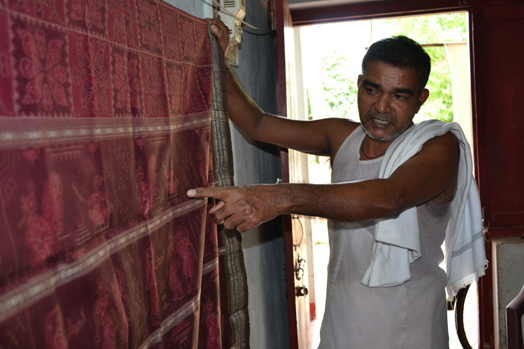 |
| National Award-Winner Sarat Patra shows a wedding saree that took seven years to be made and represents the many rituals at a wedding |
A National Award-winning weaver family, headed by Sarat, in Nuaptana has
several such sarees that were made 500 years ago. These sarees have been passed
down generations and are a matter of great pride for them. At his weaving
centre, one can witness an interesting transition in the process of designing
that Sarat’s family, like many other weaver households, has been through.
Earlier, the patterns and designs were hand-painted, complete with ikat-edge effect, and then copied on to
the sarees. Today, they take print outs of designs from Google Images. In the
near future, they hope to directly make original designs on their computers, a
teaching initiative by Delhi-based NGO, Digital
Empowerment Foundation.
Nuapatna is also one of the few clusters of Odisha that still heavily
relies on natural dye. Unlike most other weaver cluster across India, Odisha
weavers using tie-and-dye/bandhini technique for ikat don’t necessarily require a graph paper for designs either.
Most of them, due to their several years of experience, just recall a design
and start working on it through mental calculations, bringing their ideas from
mind to machine (read handloom).
Fortunately for Odisha, it is perhaps the only Indian state, where local
handloom products are sold in the local market to the locals. This is probably
why the Odisha handloom industry fairs much better than that in West Bengal or
Andhra Pradesh, where sarees are manufactured for the export (national or
international) market, not making it directly accessible to the weavers and
opening a window for exploitative middlemen. In this struggle for the right
market, weavers too have started producing to meet the contemporary needs of
the customer. For example, until some years ago, stoles were wider than they
are today. Weavers say young girls want stoles that are not very long or wide,
so that they can be easily wrapped around the neck to accessorise western
clothes.
Well, short or long, here is a very traditional and timeless craft that
can mould itself into any contemporary avatar - keeping the quaint handloom
alive.

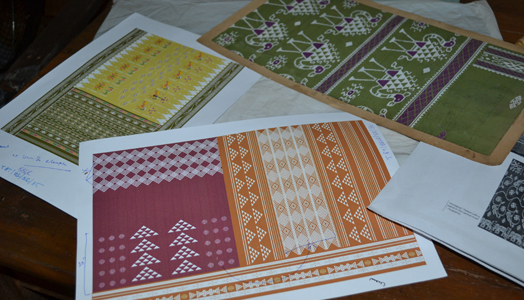
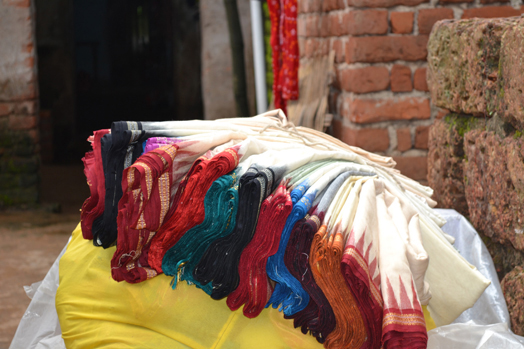
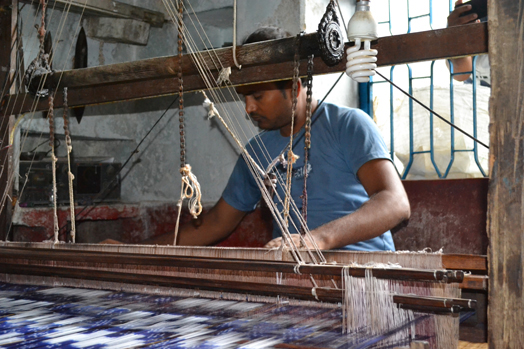
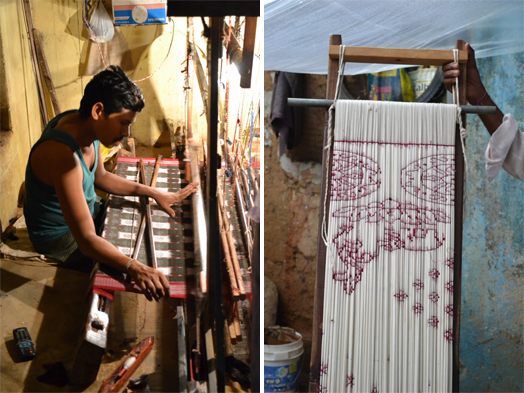


No comments :
Post a Comment